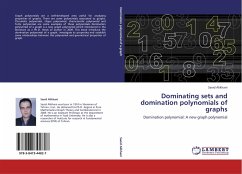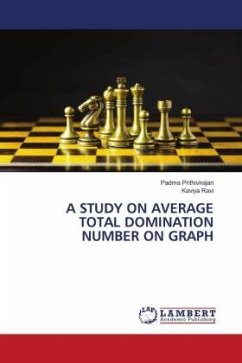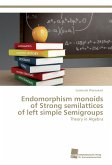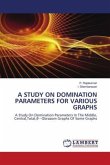Let I = {I1, I2, I3, ....., Ik} be an interval family, where each Ii is an interval on the real line and Ii = [ai, bi], for i = 1, 2, 3, ..., k. Here ai is called the left end point and bi is called the right end point. Without loss of generality, one can assume that, all end points of the intervals are distinct numbers between 1 and 2k. The intervals are named in the increasing order of their right end points. The graph G (V, E) is an interval graph if there is one-to-one correspondence between the vertex set V and the interval family I. Two vertices of G are joined by an edge if and only if their corresponding intervals in I intersect. That is if Ii= [ai, bi] and Ij=[aj, bj], then Ii and Ij will intersect if ai bj or aj bi. Interval graphs are rich in combinatorial structures and have found applications in several disciplines such as traffic control, ecology, biology, computer sciences and particularly useful in cyclic scheduling and computers storage allocation problems etc.Let A = {A1, A2, A3,..., An} be a circular - arc family on a circle, where all the arcs together cover the entire circle. An arc Ai that begins at endpoint pi and ends at end point qi considered
Hinweis: Dieser Artikel kann nur an eine deutsche Lieferadresse ausgeliefert werden.
Hinweis: Dieser Artikel kann nur an eine deutsche Lieferadresse ausgeliefert werden.








